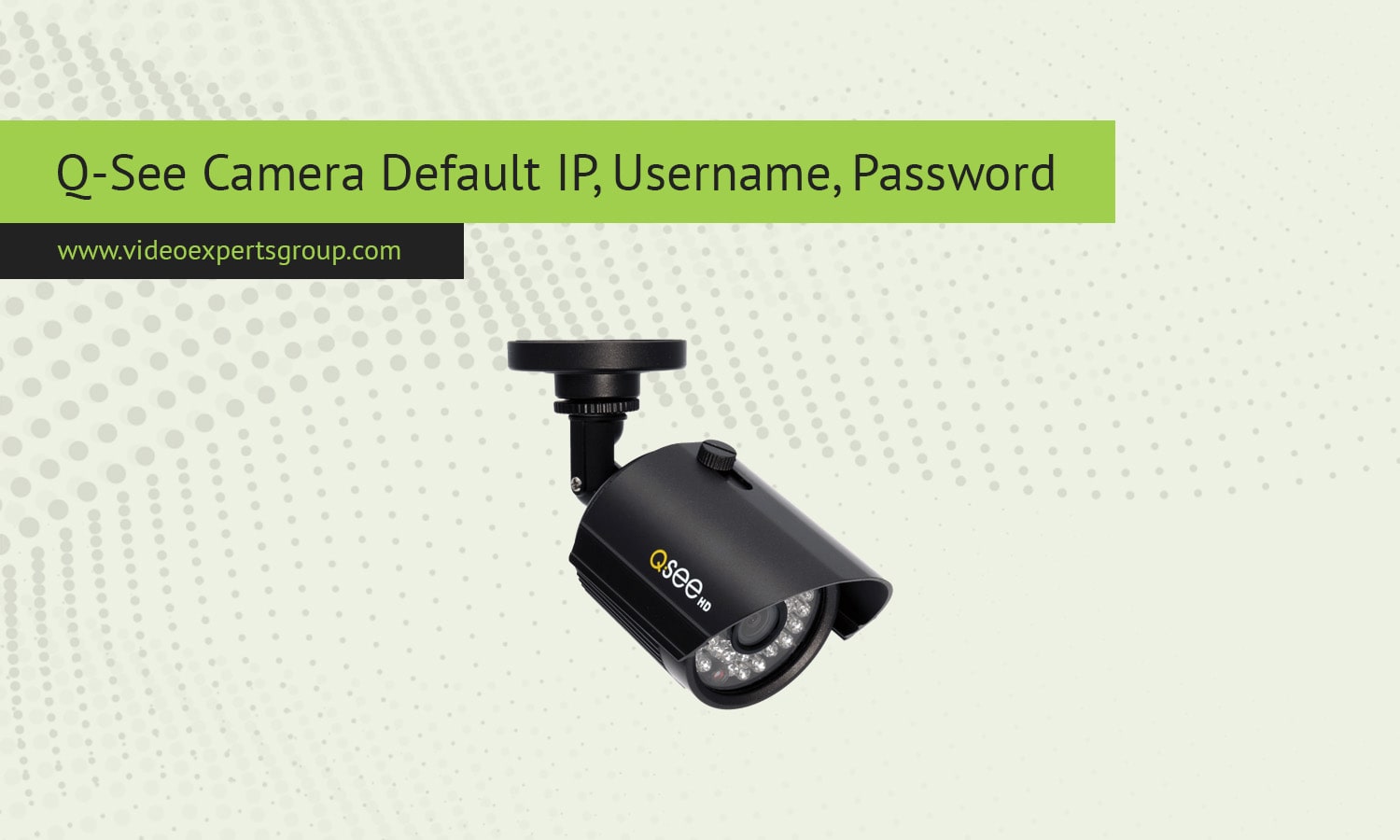Q-See was a popular brand of security cameras and surveillance systems known for providing affordable yet feature-rich solutions for home and small business security. Although Q-See has stopped manufacturing new products, many users still rely on their existing Q-See cameras for video monitoring. For these users, knowing the default IP address, username, and password for their cameras is essential when configuring the device, especially after a reset. This guide provides all the necessary information for Q-See camera setup, including default IP address, username, and password, and answers some common questions about the initial configuration.
Default IP Address
The default IP addressing mode for most Q-See cameras is Dynamic Host Configuration Protocol (DHCP). This means that Q-See cameras are typically configured to receive an IP address automatically from a DHCP server on the network (usually a router). When the camera connects to the network, it requests an IP address, which the router assigns.
If the network does not have a DHCP server, some Q-See models may revert to a fallback IP address, commonly 192.168.1.108. This fallback IP allows users to connect to the camera on a closed or simple network without DHCP.
How to Locate the Camera’s IP Address:
- Q-See Software Tool: Q-See often provided a utility called the "Q-See Network Tool" to help users locate their cameras on the network. You can download and install this tool, which scans the network and displays the IP address of each connected Q-See camera.
- Router Admin Page: Access your router’s admin page and check the list of connected devices. You should see the IP address for the Q-See camera in this list.
- Network Scanning Software: Third-party tools like Advanced IP Scanner or Fing can help you identify devices on your network and find the IP address of the camera.
Once you have the IP address, enter it into a web browser’s address bar to access the camera’s login page.
Default Username
For most Q-See cameras, the default username is: admin.
The "admin" username is standard for accessing administrator settings, enabling you to configure various aspects of the camera, including image settings, network configurations, and security settings. It’s essential to use the administrative account for the initial setup, as other user roles might have limited access to the configuration options.
Default Password
The default password for Q-See cameras usually depends on the specific model but is commonly set to: admin.
Some Q-See cameras may not have a password initially configured, in which case you will be prompted to set one during the first login. In either situation, it’s highly recommended to change the default password immediately after setup to secure your camera and prevent unauthorized access.
FAQ
Setting up a Q-See camera with the default IP address, username, and password is straightforward. By following these steps and taking security measures, such as changing default credentials, you can ensure a safe and reliable setup for monitoring your property.
















